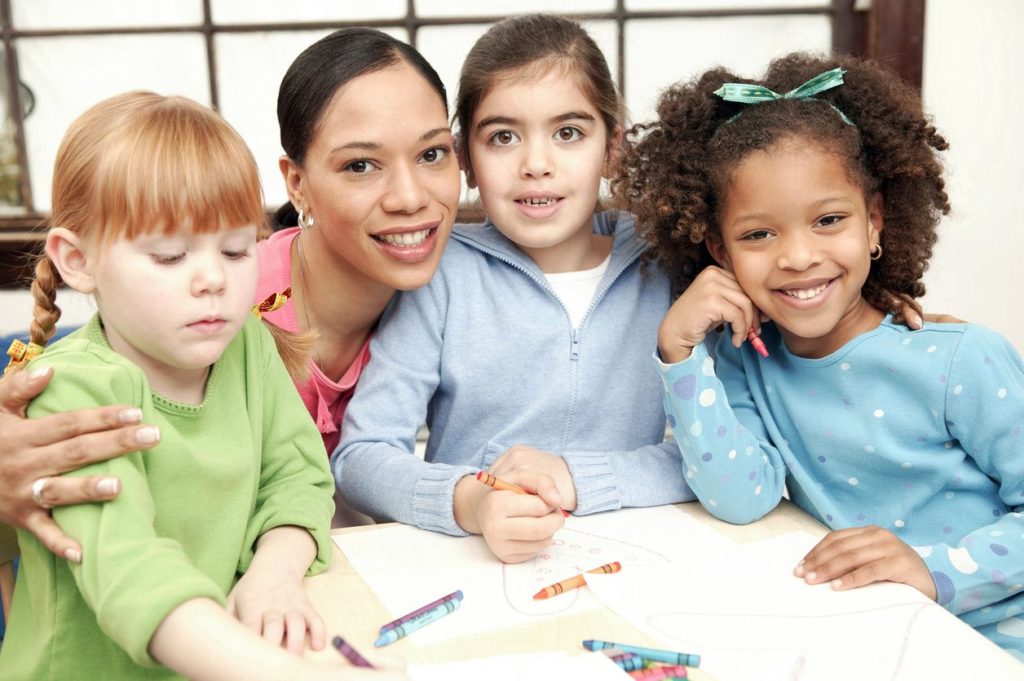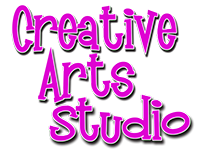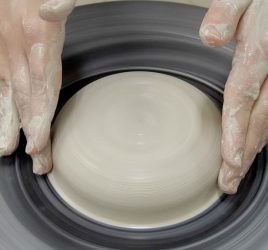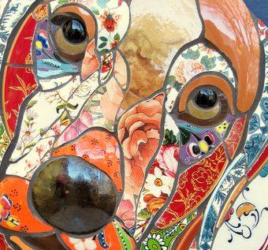
The Importance of Art
Why is Art Important?
My 4 and 6-year-old grandchildren enjoy using play dough. They like to mix colors and create different shapes. I find that they continuously use the play dough when it comes to art, but are they really learning something from this?
–

Art is important because it encompasses all the developmental domains in child development. Art lends itself to physical development and the enhancement of fine and gross motor skills. For instance, when kids work with play dough, they fine-tune their muscle control in their fingers. All manipulative movements involved in art help develop hand and finger muscles that are needed to properly hold and use a pencil.
Art activities also help children’s social and emotional development. Children learn about themselves and others through art activities. It really helps them build self-esteem. It’s an opportunity for children to make a personal statement about their uniqueness through art while allowing them to express happiness, joy, and pride.
Art also enhances children’s cognitive development which can help kids with their early math skills. Children who have experienced a wide range of people and places will have an array of ideas to choose from when doing art. Art reflects what a child knows about the world and enables the child to choose how to translate those ideas and experiences.
Finally, art is important because it allows children to be creative. Each piece of clay manipulated or each easel painting is individual and original to each child in your program. Art is open-ended and all work can be honored.
Art should be an everyday activity. Even if you don’t have a lot of tools at your disposal, it’s really easy to set up a low-cost easel in your home. For toddlers, you would want to include very basic items that focus on the sensory aspects of art, such as finger paint, play dough and fat crayons.
For preschoolers you’ll want to add things like paint brushes, an easel, glue, tape and scissors. As your kids get older and start exploring their creativity, you’ll start adding more items to your art supplies, like pie tins, old socks and scraps of fabric.
It’s extremely important to make your art activities open-ended because we don’t want to stifle children’s individual creativity. Children have their own thoughts and ideas of how things should look and they come to art with their own unique experiences. Open-ended experiences are success-oriented because there’s no one right way to do something. Open-ended art activities are motivating for children of all developmental abilities. They build feelings of independence, confidence and an eagerness to learn.
All children really need to draw is a blank piece of paper and a writing instrument. Child Care providers should never use coloring books or dittos in their programs. They are creativity stiflers. Drawings in those books are some other artist’s rendering of what objects should look like. Children have their own ideas about how things should look.
Never pre-cut or draw things for children. If you pre-cut a bunny rabbit and ask kids to paint or color it, it is not their bunny. It is your idea of what a bunny looks like. The bunny may have no meaning to a child if the child has no prior experience with bunnies. If you draw for a child, the child internalizes that they are incapable of drawing in their own right and may begin to doubt their own abilities. Read more: http://www.aplaceofourown.org/question_detail.php?id=235




Want info on art class on canvas. Oil or Achilles in-class instruction.